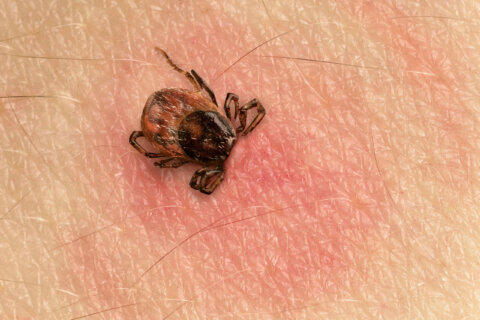WASHINGTON — When Megan Watts was nine years old, she learned she had type 1 diabetes. Her first Halloween after the diagnosis was a disaster, but over the years, it became one of her favorite holidays.
These days, Watts is leading by example as a dietitian with the Children’s National Health System. Her specialty is kids with diabetes, and when she talks about coping with all those Halloween sweets, she speaks from personal experience.
“We want to enjoy the treats but it really helps if we can keep the fun traditions of the holiday at the center of the celebrations rather than kind of just letting the pursuit of candy take center stage,” Watts says.
Her advice: Focus on the costumes, pumpkin carving and scary stories instead of waging a contest over who can collect the most treats.
“There are so many other things that we can put our energy into and make it a more positive experience,” she explains.
But that doesn’t mean kids with diabetes can’t go trick-or-treating, with some advance planning.
Watts says it’s a good idea to take diabetes supplies with you, and keep a sharp eye out for signs of low or high blood sugar. She also says to make sure to avoid the temptation to skip dinner before heading out to make room for extra sweets.
But the trickiest — and perhaps most important — part of dealing with Halloween for the family of a diabetic child is preparing for what happens after the holiday.
“We need to plan ahead for candy management,” explains Watts, warning that keeping that leftover candy sitting around for days or weeks can spell trouble.
She says diabetic children can keep a few pieces that they like and donate the rest. Another option is one her family adopted when she was little: Assign a value to each piece of candy in the Halloween haul, to be exchanged for stickers, toys or even a chance to watch a favorite movie.
Most kids with diabetes are type 1, meaning their pancreas produces little or no insulin. But more and more children are being diagnosed with type 2 diabetes, which was once almost exclusively seen in adults. Type 2 diabetics cannot use insulin properly, and in kids, it is usually linked to obesity.







